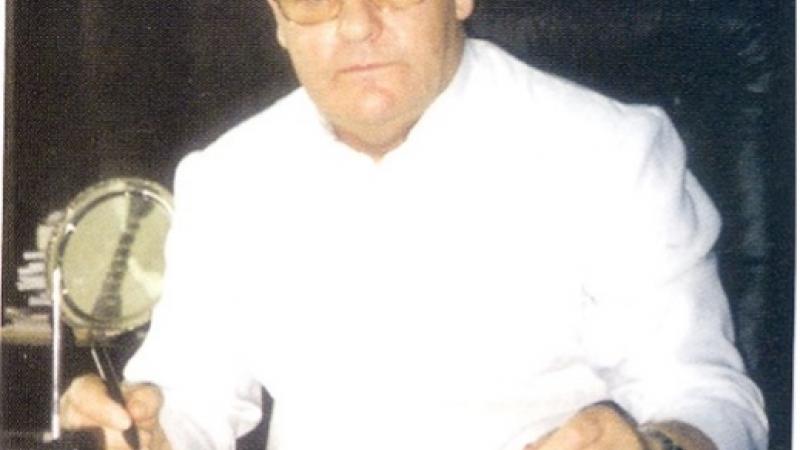
(Hong Kong) - Dennis Lo recently received a highly prestigious award for his work on cell-free fetal DNA for prenatal testing. Dennis is an old boy of St. Joseph’s College, Hong Kong, to which he remains strongly attached.
Find out more: https://laskerfoundation.org/winners/noninvasive-prenatal-testing-using-fetal-dna/
Here are his acceptance remarks:
“I was born and raised in Hong Kong. My father was a psychiatrist in the public sector. He often rehearsed his conference talks in front of me. This gave me an early exposure to what it was like to present one’s research to peers. I was always envious of my father for his travels to exotic destinations. A seed was thus planted in me for pursuing a scientific career one day.
My father also gave me his ancient rangefinder camera and allowed me to build a darkroom at home. Developing photographs in those days was basically a wet-lab experiment and this experience gave me another nudge towards being a scientist.
I decided to pursue my undergraduate education at Cambridge. The small-group supervision—or tutorial—system there gave me the opportunity to interact closely with scientists, and see first-hand how they plan experiments. I then moved to Oxford to pursue my clinical medical education, where I learned about the practice of prenatal diagnosis and how invasive methods such as amniocentesis were associated with risks to the fetus.
Since the 1960s, there have been efforts to develop non-invasive prenatal testing. One approach was based on the detection of fetal nucleated cells in maternal circulation. Many researchers, including myself, attempted to utilize such cells, but their low concentrations eluded their practical use.
Shortly before I moved back to Hong Kong in 1997, I came across two papers talking about the detection of cell-free tumor DNA in the circulation of cancer patients. I thought that a fetus growing inside a pregnant mother had some similarities to a tumor growing in a patient. So I decided to look for cell-free fetal DNA. Inspired by my experience of cooking instant noodles, I tried boiling plasma and serum, and used a few drops of the boiled material for PCR. Surprisingly, this crude preparation allowed me to detect circulating fetal Y chromosomal sequences.
My team and I then spent the next 10 years trying to use cell-free fetal DNA for prenatal testing. We tried many different approaches. Some were not sufficiently accurate or practical, but all taught us important lessons. Eventually, we developed a highly accurate method based on the use of massively parallel sequencing. Competition was intense but served to push us forward.
I am pleased that since its launch in 2011, non-invasive prenatal testing has become a standard of care. It has also stimulated a global interest in the diagnostic applications of plasma DNA, especially in the area of cancer liquid biopsies and transplantation monitoring. I look forward to seeing these and other yet to be developed applications improving healthcare worldwide."

























































































